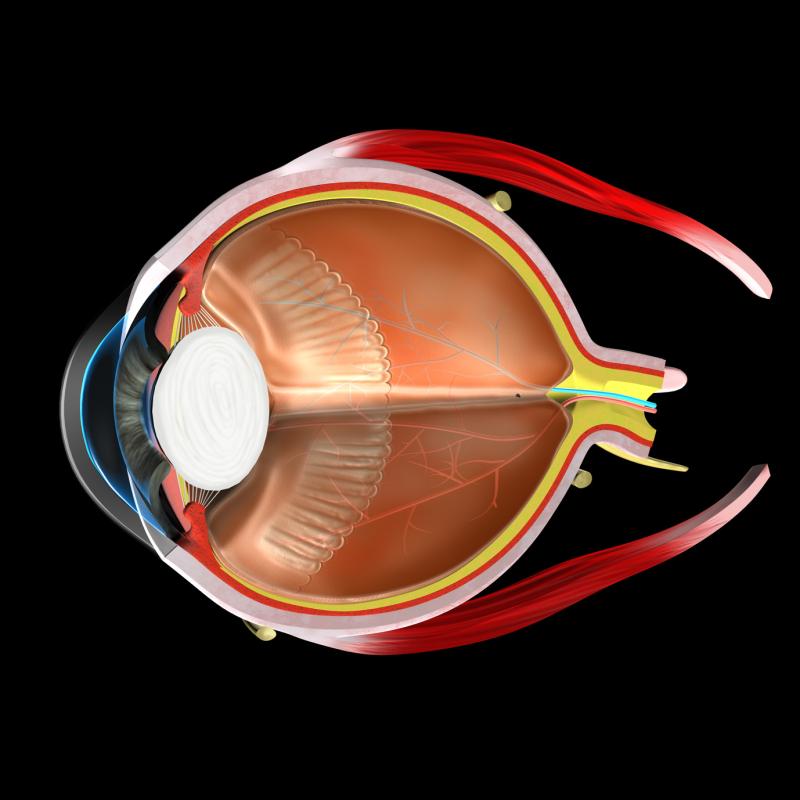
Age, sex and ethnicity are significantly associated with corneal hysteresis (CH), according to a study, noting that these factors should be considered when interpreting CH values.
This cross-sectional study within the UK Biobank analysed CH data from 93,345 eligible participants aged 40–69 years. Left eye data were used to perform all analyses.
Linear regression models were generated to examine the associations between CH and demographic, lifestyle, ocular and systemic variables. The association between self-reported glaucoma and CH was evaluated using piecewise logistic regression models.
Mean CH was 10.4 mm Hg in male and 10.8 mm Hg in female participants. CH showed a significantly negative association with age, height, male sex, black ethnicity, self-reported glaucoma and diastolic blood pressure after adjusting for covariables.
On the other hand, a significantly positive association was found between CH and the following variables: smoking, hyperopia, diabetes, systemic lupus erythematosus, greater deprivation (Townsend index) and Goldmann-correlated intraocular pressure.
After adjusting for covariables, a significant association was found between self-reported glaucoma and CH when CH was <10.1 mm Hg (odds ratio, 0.86, 95 percent CI, 0.79–0.94 per mm Hg CH increase). When CH was >10.1 mm Hg, no significant association existed between CH and self-reported glaucoma.
“In our cohort, lower CH was significantly associated with a higher prevalence of self-reported glaucoma when CH was <10.1 mm Hg,” the authors said. “CH may serve as a biomarker aiding glaucoma case detection.”